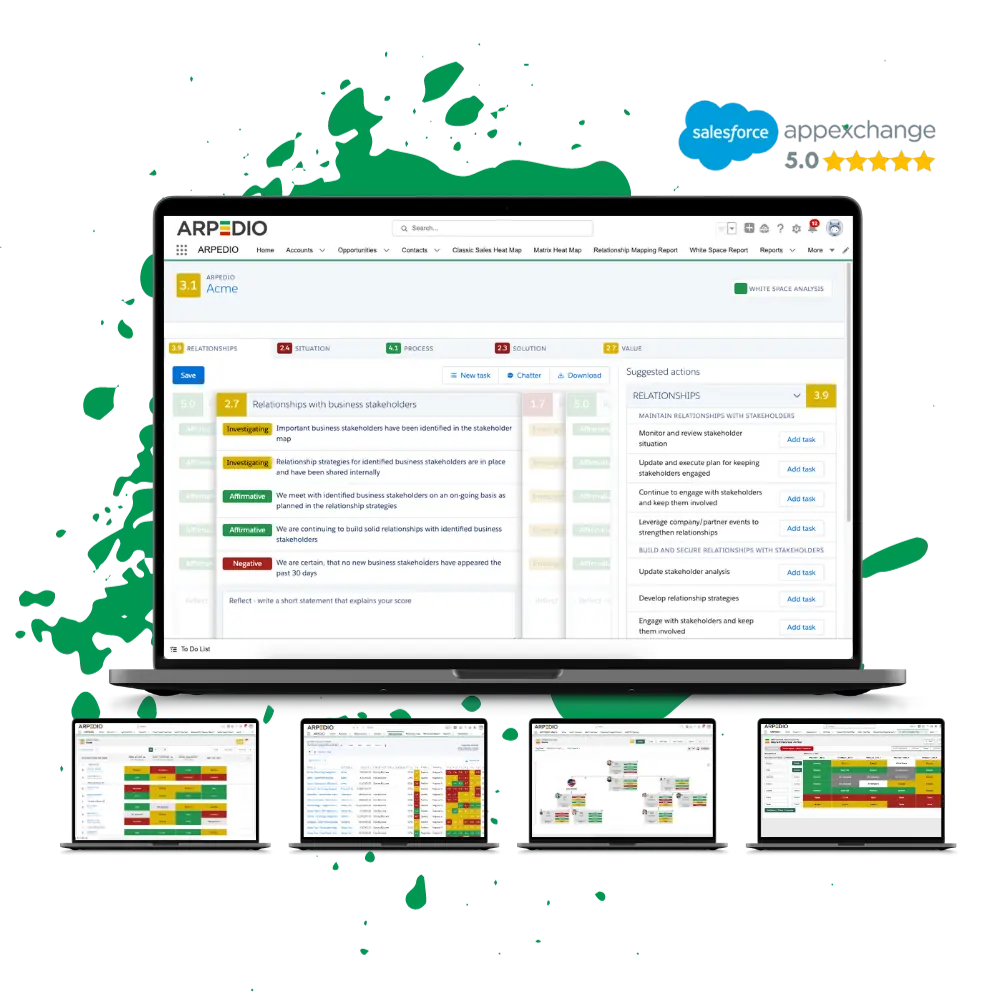In the world of subscription-based business models, Annual Recurring Revenue (ARR) is a crucial metric that represents the revenue a company can expect to receive from its customers on a yearly basis. ARR plays a vital role in assessing the financial health and predicting the growth potential of a business.
ARR is not solely based on the number of customers, but also takes into account the amount of revenue each customer generates annually. It provides a clear picture of the company’s revenue stream, allowing businesses to make informed decisions about future investments and expansion.
In this section, we will explore the definition and key components of ARR, its calculation, and its significance in evaluating subscription-based business models.
Key Takeaways:
- ARR is a metric that represents the revenue a company can expect to receive from its customers on a yearly basis in subscription-based business models.
- ARR plays a vital role in assessing the financial health and predicting the growth potential of a business.
- ARR is not solely based on the number of customers, but also takes into account the amount of revenue each customer generates annually.
- ARR provides a clear picture of the company’s revenue stream, allowing businesses to make informed decisions about future investments and expansion.
- ARR helps businesses to provide stability and predictability, impact cash flow, customer retention, and the ability to forecast growth.
What is Annual Recurring Revenue (ARR)?
Annual Recurring Revenue (ARR) is a key metric used by subscription-based businesses to measure the total amount of revenue expected from recurring subscriptions over a period of one year. It represents the predictable and recurring portion of a company’s revenue stream derived from subscription-based products or services.
ARR is calculated by multiplying the average monthly recurring revenue (MRR) by twelve, as follows:
ARR = MRR x 12
ARR provides valuable insights into a company’s financial health, growth trajectory, and the stability of its revenue stream. It helps businesses assess their performance, track revenue growth, and forecast future earnings. ARR is particularly important for subscription-based businesses, such as Software as a Service (SaaS) companies, as it reflects the long-term revenue potential of their customer base. By monitoring ARR, businesses can make informed decisions, allocate resources effectively, and drive sustainable growth.
The Importance of Annual Recurring Revenue (ARR) in Subscription-Based Business Models
Annual Recurring Revenue (ARR) serves as the lifeblood of any subscription-based business model, ensuring stability and predictability. Its importance lies in its ability to provide a clear picture of a company’s financial health and growth potential. ARR is a metric that businesses use to determine the amount of recurring revenue they can expect over a year, excluding one-time charges or fees.
ARR has a direct impact on cash flow management, making it crucial for businesses to maintain and grow it. This recurring revenue stream instills confidence in investors, shows stability, and enables businesses to make informed plans for future growth.
One of the key benefits of ARR lies in its relationship with customer retention. If customers continue to renew a subscription, the company’s ARR grows, which allows it to build stronger relationships with customers and expand its customer base, further boosting its ARR. This cycle of ARR growth and customer retention is fundamental for the long-term success of a subscription-based business model.
Furthermore, ARR provides the ability to forecast revenue growth accurately, leading to more predictable and stable business performance. Specific metrics and benchmarks help evaluate the health of ARR in the subscription-based business model. These may include the net retention rate, customer lifetime value (CLV), and churn rate.
Net Retention Rate
This metric reflects the rate at which customers continue to subscribe to a service over time, minus the churn rate and any revenue lost due to downgrades or deactivations. A healthy net retention rate indicates that the business is expanding its customer base and maximizing the value of existing customers.
Customer Lifetime Value (CLV)
This metric, calculated by dividing the total revenue earned from a customer by the number of months they subscribed, determines the total value a customer brings to a company. By reducing churn, businesses can increase CLV significantly and benefit from higher ARR.
Churn Rate
The churn rate representing the percentage of customers that cancel or do not renew their subscriptions over a given period. Higher churn rates can negatively impact a company’s ARR, making it crucial for businesses to develop strategies to improve customer satisfaction and retention rates.
In conclusion, ARR plays a vital role in subscription-based business models, and businesses need to understand its importance to manage cash flow, improve customer retention, and drive growth. By using specific metrics to evaluate ARR growth and performance, businesses can identify areas for improvement and develop effective revenue growth strategies.
Strategies to Increase Annual Recurring Revenue (ARR)
As businesses shift towards subscription-based models, it becomes increasingly essential to focus on increasing ARR. This section outlines a few key revenue growth strategies that can help businesses achieve this goal.
Customer Acquisition
One of the primary ways to increase ARR is by acquiring new customers. This requires a comprehensive understanding of the target audience and identifying the most effective channels to reach them. Businesses can leverage marketing automation and inbound marketing techniques to improve their lead generation and conversion rates.
Upselling and Cross-Selling
Upselling and cross-selling techniques can help businesses increase revenue from existing customers. By analyzing customer data and behavior patterns, businesses can recommend complementary products or services and upgrade customers to higher pricing tiers. This not only leads to increased ARR but also improves customer loyalty and satisfaction.
Improving Customer Retention
Customer retention is a critical component of ARR growth. Businesses can improve retention rates by providing exceptional customer support, offering personalized services, and addressing customer concerns proactively. By keeping customers engaged and satisfied, businesses can reduce churn rates and increase the lifetime value of each customer.
Expanding Market Segments
Expanding market segments is another way to increase ARR. This involves identifying new target audiences and developing products or services that cater to their specific needs. Businesses can also explore entering new geographic markets and partnering with complementary businesses to reach a wider audience.
Pricing Strategies
Pricing strategies play a crucial role in ARR growth. Businesses can experiment with different pricing models, such as tiered pricing or dynamic pricing, to optimize revenue. Additionally, it’s essential to conduct regular market research and competitive analysis to ensure pricing is aligned with market trends and customer expectations.
Product Innovation and Customer Success
Finally, product innovation and customer success are critical factors in driving ARR growth. Businesses must continuously innovate their products and services to stay ahead of competitors and meet evolving customer needs. Additionally, investing in customer success programs, such as training and support, can improve customer retention rates and reduce churn.
In conclusion, increasing ARR requires a comprehensive understanding of the target audience, effective customer acquisition, and retention strategies, and innovative pricing and product strategies. By adopting these revenue growth strategies, businesses can improve their financial health and unlock their true growth potential.












